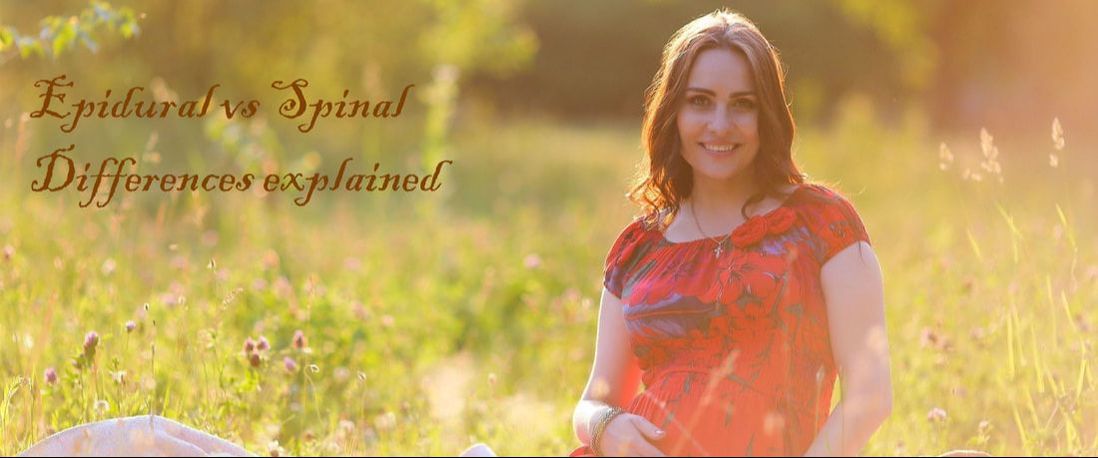- Home
- Dr Tony Bushati
-
Pregnancy
- Pregnancy Care
- Pregnancy Planning
- Obstetrician Gynaecologist at Hurstville Private Hospital, Hurstville
- Obstetrician Gynaecologist at Northern Beaches Hospital, French Forest
- Obstetrician Gynaecologist at St George Private Hospital, Kogarah
- Obstetrician Gynaecologist at Sydney Adventist Hospital, Wahroonga
- Gynaecology
- Ask the doctor
- Locations
- Resources
- Contact us
|
Often my patients ask me about the risks to pregnancy from having cats as household pets. They are concerned about contracting toxoplasmosis and its effect on their unborn baby. So just how risky is it to have these furry felines around during your pregnancy?
27 Comments
Listeria starts with flu-like symptoms such as fever, chills, muscle aches, nausea and sometimes diarrhoea but the symptoms can take a few days or weeks to appear after eating contaminated food. The infection is particularly dangerous in the pregnant women.
Concerned about the effects of alcohol on your unborn baby? Consuming alcohol on a regular basis can lead to complications in pregnancy and development issues in the unborn baby. Read further about the risks associated with alcohol and pregnancy.
Gestational diabetes (GDM) is diabetes which develops during pregnancy. It is a very common condition with about 10-15% of women developing GDM during their pregnancy. GDM usually starts in the second half of the pregnancy especially, generally after 20 completed weeks. Pregnant women with GDM will have abnormally raised bloods sugars.
Antibiotics are commonly used and often prescribed in early pregnancy. They are considered safe, however a new study from the University of Montreal in Canada has identified a link between the use of some commonly used antibiotics in early pregnancy, with an increased risk of miscarriage.
The findings were recently reported in the Canadian Medical Association Journal and will have an implications on how obstetricians and GPs determine the most suitable treatment options for women requiring antibiotics in early pregnancy. Following the recent outbreak of the measles, a few of my pregnant patients have raised concern about the risk of harm to their unborn baby if they became infected with the disease. In this short article, I’ve outlined the risk, symptoms and what to do if you think you’ve been exposed to the measles.
Epidural and spinal anaesthesia are called ‘regional anaesthesia’ or ‘regional nerve blocks’. They are used for surgery and also for pain relief in labour. Although they may appear similar, they are in fact quite different. The differences are explained below.
Vaginal seeding is a relatively new approach, with little research, to date, to support the hypothesis that the process would benefit c-section babies. As the baby's wellbeing is the first priority, I would caution expectant mothers considering vaginal seeding.
Mothers who are ready to wean their babies or to decrease the frequency of breast-feeding may wonder how to make the process easier. Weaning takes time, particularly when a baby has been breast-fed for an extended period.
The following strategies can help both a mother and her baby adjust to a new feeding routine and manage any stress or discomfort that this transition may cause. A new study that claims to be ground breaking in its field has identified a major cause of miscarriages and many congenital malformations, and it says that the means to prevent these could be within everyone's reach: vitamin B-3
|
|
St George Private Hospital
|
Waratah Private Hospital
|
Northern Beaches Hospital
|
Sydney Adventist Hospital
|
- Home
- Dr Tony Bushati
-
Pregnancy
- Pregnancy Care
- Pregnancy Planning
- Obstetrician Gynaecologist at Hurstville Private Hospital, Hurstville
- Obstetrician Gynaecologist at Northern Beaches Hospital, French Forest
- Obstetrician Gynaecologist at St George Private Hospital, Kogarah
- Obstetrician Gynaecologist at Sydney Adventist Hospital, Wahroonga
- Gynaecology
- Ask the doctor
- Locations
- Resources
- Contact us









